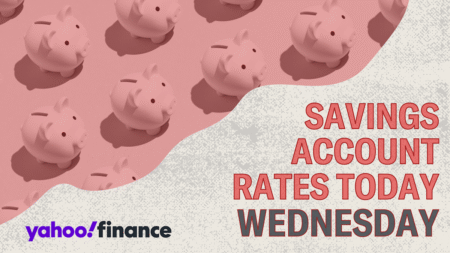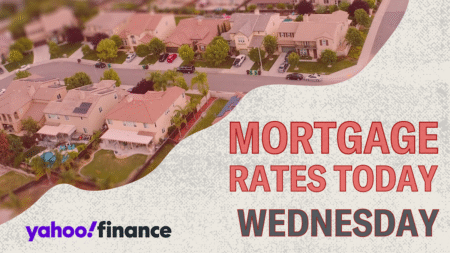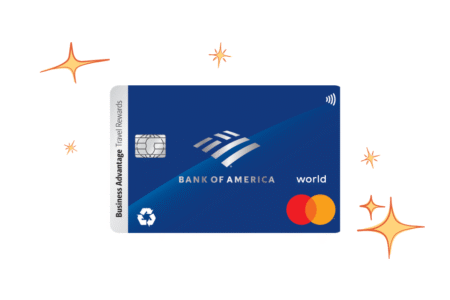You’ve finally had enough: It’s time to replace those old tile countertops, drafty windows, or ancient water heater. Whatever your design dream is, home renovations can breathe new life into your property.
Home improvement projects can make your house more beautiful and improve its functionality, so it’s no surprise that Americans spent $603 billion remodeling their homes in 2024, tackling everything from installing new wallpaper to converting a basement into a living space.
But these projects can be expensive, which is why a personal loan can be appealing. You can use a personal loan for home improvement projects without worrying about collateral or home equity.
When it comes to home improvements, people typically pay for their projects with home equity loans or home equity lines of credit (HELOCs), their savings, or credit cards. Personal loans are often overlooked, but here are five reasons why a personal loan can make more sense:
-
No equity required: To qualify for a home equity loan or HELOC, you must have a certain amount of equity in your property. If you’re a new homeowner or property values in your area have stagnated, you may not meet the requirements. With personal loans, you can qualify for a loan based solely on your creditworthiness, regardless of your property value.
-
Your loan is unsecured: Personal loans are usually unsecured, so there’s no need for collateral. You don’t have to put your home or vehicle at risk to borrow the money.
-
Quick loan funding: Home equity loans and HELOCs can take weeks to process, but you can apply for and receive a personal loan in as little as one business day.
-
Flexibility: Personal loans can be used for just about anything, from contractor fees to building materials and appliances, so you can use the loan for whatever you need. If your project’s scope changes or you decide you hate the originally selected paint colors, you can use the loan to make those adjustments.
-
Relatively low rates: Compared to credit cards, personal loans typically have lower interest rates, making them less expensive over time.
-
Predictable payments: If you opt for a credit card or HELOC, you have a revolving line of credit, which can make it tricky to manage your payments long-term. By contrast, personal loans give you a lump sum, and you repay it with fixed monthly payments over a set period. That way, you know exactly what your payments will be for the duration of the loan.
While a lender won’t put restrictions on what types of projects you can use your loan funds for, there are some renovations or improvements that are particularly cost-effective. According to the National Association of Realtors’ Remodeling Impact Report, these projects have the highest return on investment:
While they may not be Pinterest-worthy upgrades, projects that improve your home’s energy efficiency can help you save money on your utility bills over time. Upgrading your insulation, installing smart thermostats, or switching to energy-efficient appliances can be smart uses for your personal loan.
Your front door can make a big impression. Replacing your current door not only improves your home’s curb appeal but also enhances your property’s security and energy efficiency. In fact, replacing the front door with a steel version has the highest cost recovery. Plus, replacing your front door with a steel one can help you qualify for discounts on homeowners insurance.
If your closet is a jumbled mess, installing closet organizers or custom built-ins can boost your home’s storage, give you more usable space, and improve the look of your house.
Replacing dated windows with new versions, particularly those that are storm or wind-resistant, can make your home safer and help you qualify for homeowners insurance discounts. If your windows are particularly old and drafty, you could also improve the energy efficiency of your home.
Related: Ask a real estate agent: What home improvements should I bother making before selling my house?
While a personal loan can be useful, you do have to repay what you borrow with interest. To avoid taking on more debt than you can afford, follow these steps:
With a personal loan, lenders may allow you to borrow $50,000 or more for a home reno. While it can be tempting to take out a larger loan amount to have cash on hand for any other renovation ideas you have, remember that you’ll have to pay interest on that larger loan amount. Instead, only borrow what you need for a specific project.
Read more: Taking out a personal loan? How to avoid overborrowing.
Next, review your current monthly income and expenses. Based on your cash flow, consider how much extra cash you have available for loan payments. You don’t want to cut it too close; ensure your budget has a little wiggle room to cover unexpected expenses.
If it’s been a while since you’ve taken on a home improvement project, the cost can be a shock. For example, the average cost of a bathroom remodel is about $12,000 in 2025. You can use tools like HomeAdvisor to look up typical costs for different projects in your area; those totals can help you decide how large a loan to apply for when you’re ready.
Costs to consider include:
-
Permits: Depending on the project, you may need permits — which are an added cost — to satisfy local regulations and laws.
-
Labor: Labor costs vary by location and contractor; you may choose to DIY simpler tasks to save money.
-
Materials: The fixtures and finishes you choose can impact your overall cost. Browse your local hardware store to get an idea of what your vision will cost.
-
Other costs: Keep in mind that you may have additional expenses while the renovations are underway. For example, you may need to spend more on takeout or dining out if your kitchen is unusable during a remodel.
In general, a good rule of thumb is to total your expected expenses and then add 10% to 20% to that amount as a cushion against unexpected extra costs. If you expect the project to cost $10,000, for instance, plan for $11,000 or $12,000 instead. That way, your budget won’t be busted when the inevitable hiccup arises.
Once you know how much you’ll need, you can shop around for a loan. It’s wise to prequalify with several lenders since rates and loan term options can vary significantly. When comparing your loan options, consider the annual percentage rates (APRs), fees, repayment terms, and funding speed.
Our picks for the best personal loans are a great starting point.
Once you take out a loan, track your spending and avoid unnecessary add-ons or changes to your home renovation budget. If possible, pay more than the minimum required each month; paying a little extra each month can help you pay off your loan faster and save money on interest.
For instance, say you took out $20,000 for a kitchen remodel. Your loan has a 12% interest rate and a five-year repayment term. If you paid only the minimum, you’d repay a total of $26,693 — interest would add over $6,600 to your total.
If you paid a bit extra each month — like an additional $50 — you’d save over $900 in interest, and you’d pay off your loan seven months sooner. The table below showcases how paying extra each month can help you save money on your personal loan:
Related: 4 types of home renovation loans and how to choose
Using a personal loan for home improvements can be a good idea, but you should be cautious to avoid unnecessary debt. Setting a realistic budget for your home improvements, tracking your spending, and making extra payments will help you manage your debt more effectively and pay off your loan more quickly. That way, you can enjoy your newly renovated space without financial stress.
The best loan type depends on your situation. If you have established home equity and need a larger loan amount, a home equity loan may give you lower rates and higher loan maximums. However, if you need money quickly to replace appliances or for smaller home projects, a personal loan may be a faster and more convenient option.
Read more: Home equity loan vs. personal loan: Which is best for home improvement?
Loan processing and disbursement times can vary by lender, but you can often get a personal loan within one to three business days.
Read more: How long does it take to get a personal loan?
Yes, personal loans don’t have restrictions on what home renovations you can complete, so you can use a loan to update your cabinets, replace dated furniture, or upgrade your insulation.
Read more: Can I use a personal loan for anything? 6 expenses that are restricted.
This article was edited by Alicia Hahn.
Read the full article here












